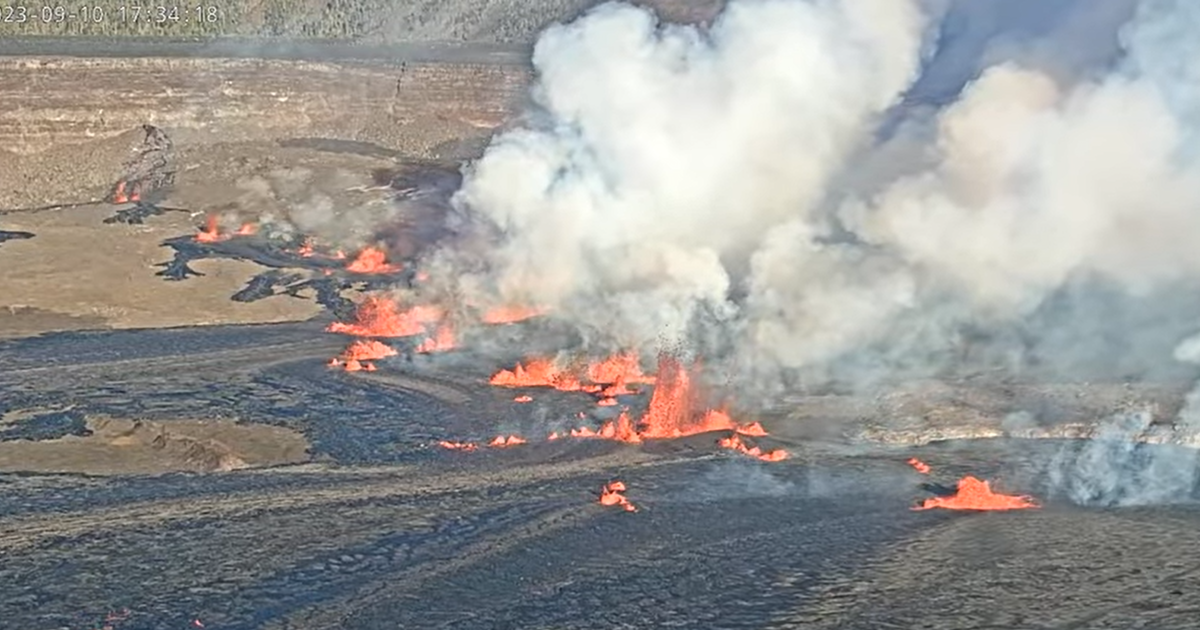Key takeaways:
- Kilauea, one of the most active volcanoes in the world, began erupting after a two-month pause.
- The eruption was emitting volcanic particles and gases, which could create breathing difficulties for those living near the park.
- The gases released by the eruption could cause volcanic smog downwind of Kilauea, which could be hazardous to those living in the area.
On Sunday, the Hawaii Volcano Observatory reported that Kilauea, one of the most active volcanoes in the world, began erupting after a two-month pause. The eruption was observed in the afternoon at the summit of Kilauea, and the lava was seen to be a safe distance from people and structures in the nearby national park.
The observatory warned that the eruption was emitting volcanic particles and gases, which could create breathing difficulties for those living near the park. They advised people to avoid the volcanic particles that were being spewed into the air.
The observatory also noted that the gases released by the eruption could cause volcanic smog downwind of Kilauea. This smog could be hazardous to those living in the area, and the observatory urged people to take precautions to protect their health.
The eruption of Kilauea is a reminder of the power of nature, and the observatory is continuing to monitor the situation closely. They are advising people living near the park to take the necessary precautions to protect their health and safety.



Be First to Comment